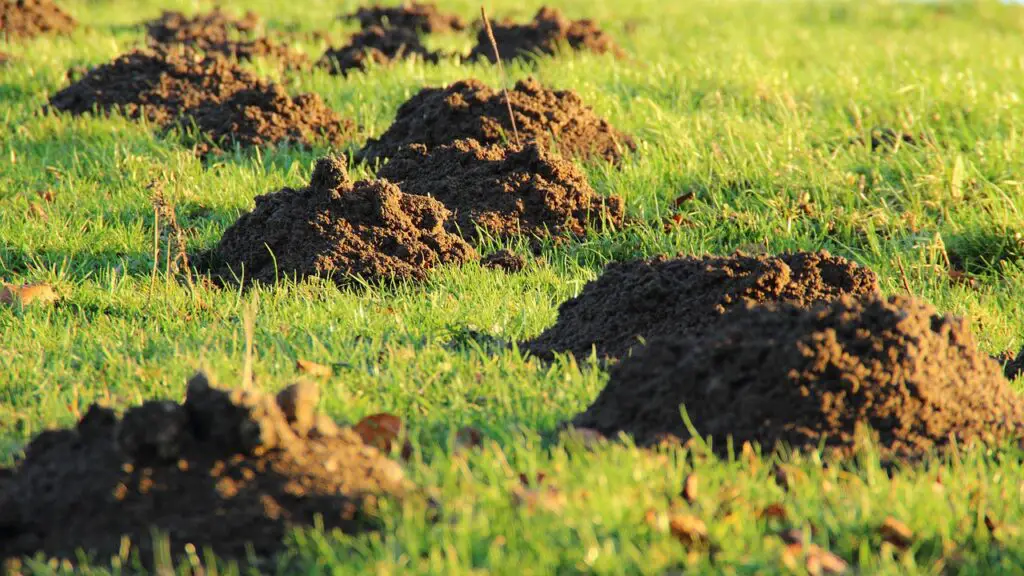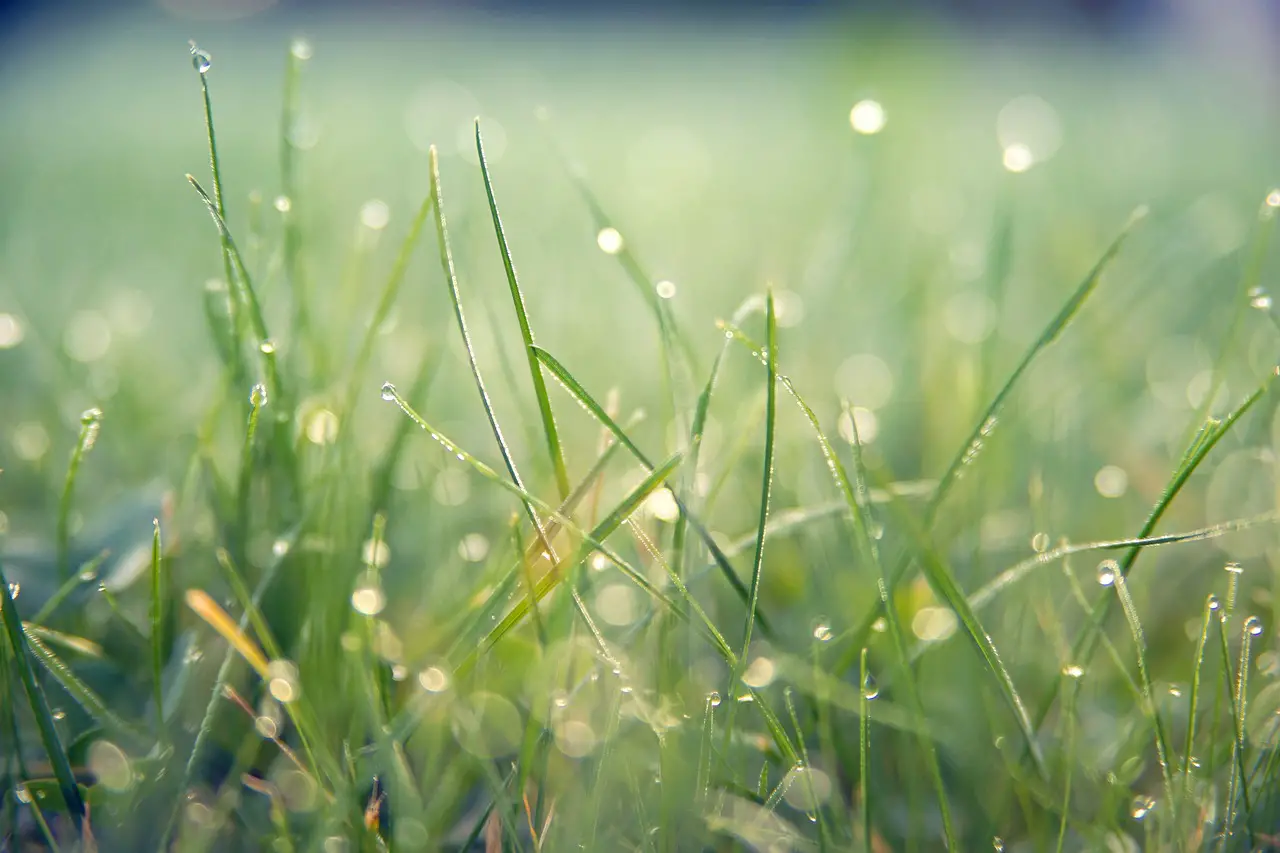Water is a valuable resource, and conserving it is crucial for the health of our planet. With global warming and water scarcity becoming more of a concern, it’s important to consider how we use water in our everyday lives, including how we care for our lawns. In this article, we’ll explore the impact of water conservation on lawn care.

Why is Water Conservation Important?
Water conservation is essential for a variety of reasons. First and foremost, it helps to preserve the planet’s limited water resources. With more than half of the world’s population expected to live in water-stressed areas by 2025, it’s essential to conserve water to ensure that future generations have access to clean water. Additionally, conserving water can help reduce energy consumption and greenhouse gas emissions by reducing the amount of energy needed to pump, treat, and transport water.
Implementing sustainable landscaping practices can also make a positive impact on water conservation efforts. Consider xeriscaping, which involves using low-water plants and mulching to reduce water usage. Additionally, using rain barrels to collect and reuse rainwater for watering your lawn can also be a great way to conserve water.
How to Conserve Water in Lawn Care
There are several ways to conserve water when caring for your lawn. First, consider using drought-resistant grasses that require less water. Additionally, it’s important to water your lawn during the early morning or late afternoon when temperatures are cooler to reduce water loss due to evaporation. You can also reduce water consumption by using a rain barrel to collect and store rainwater for later use.
Another way to conserve water is to mow your lawn at a higher height. Taller grass helps to shade the soil and reduce water loss due to evaporation. Additionally, leaving grass clippings on the lawn can help retain moisture in the soil.
It’s important to water your lawn efficiently to maximize water conservation. One technique is to water deeply and infrequently rather than water lightly and frequently. This encourages deep root growth, making the grass more drought-resistant. Additionally, watering during the early morning hours when temperatures are cooler reduces water evaporation.

The Benefits of Water Conservation on Lawn Care
Conserving water in your lawn care routine has several benefits. First, it can help reduce your water bill, especially during periods of drought when water restrictions may be in place. Additionally, drought-resistant grasses and other water conservation techniques can help your lawn thrive even during dry periods.
Water conservation can also have a positive impact on the environment. By reducing the amount of water used for lawn care, you can help reduce the strain on local water resources and promote a more sustainable future.
Choosing the right type of grass for your lawn can make a significant impact on water conservation efforts. Some grass types are more drought-tolerant and require less water than others. Consider switching to a type of grass that is native to your region or a more drought-tolerant variety. Some popular drought-tolerant grasses include Bermuda grass, Zoysia grass, and buffalo grass.
Frequently Asked Questions:
Q: Can I still have a healthy lawn while conserving water? A: Yes! With proper lawn care techniques and the use of drought-resistant grasses, you can have a healthy, green lawn while conserving water.
Q: Are there any rebates or incentives for conserving water in my lawn care routine? A: Some local water authorities offer rebates or incentives for water conservation efforts, including using drought-resistant grasses and installing rain barrels. Check with your local water authority to see what programs are available in your area.
Q: How much water does my lawn really need? A: The amount of water your lawn needs depends on several factors, including the type of grass, soil type, and weather conditions. A good rule of thumb is to water your lawn deeply once a week, giving it about 1-2 inches of water.

Conclusion:
Conserving water in your lawn care routine is an important step toward promoting a sustainable future. By using drought-resistant grasses, watering during the early morning or late afternoon, and using a rain barrel to collect rainwater, you can help reduce your water consumption and promote a healthy, green lawn. Remember, small changes in your lawn care routine can have a big impact on the environment.

